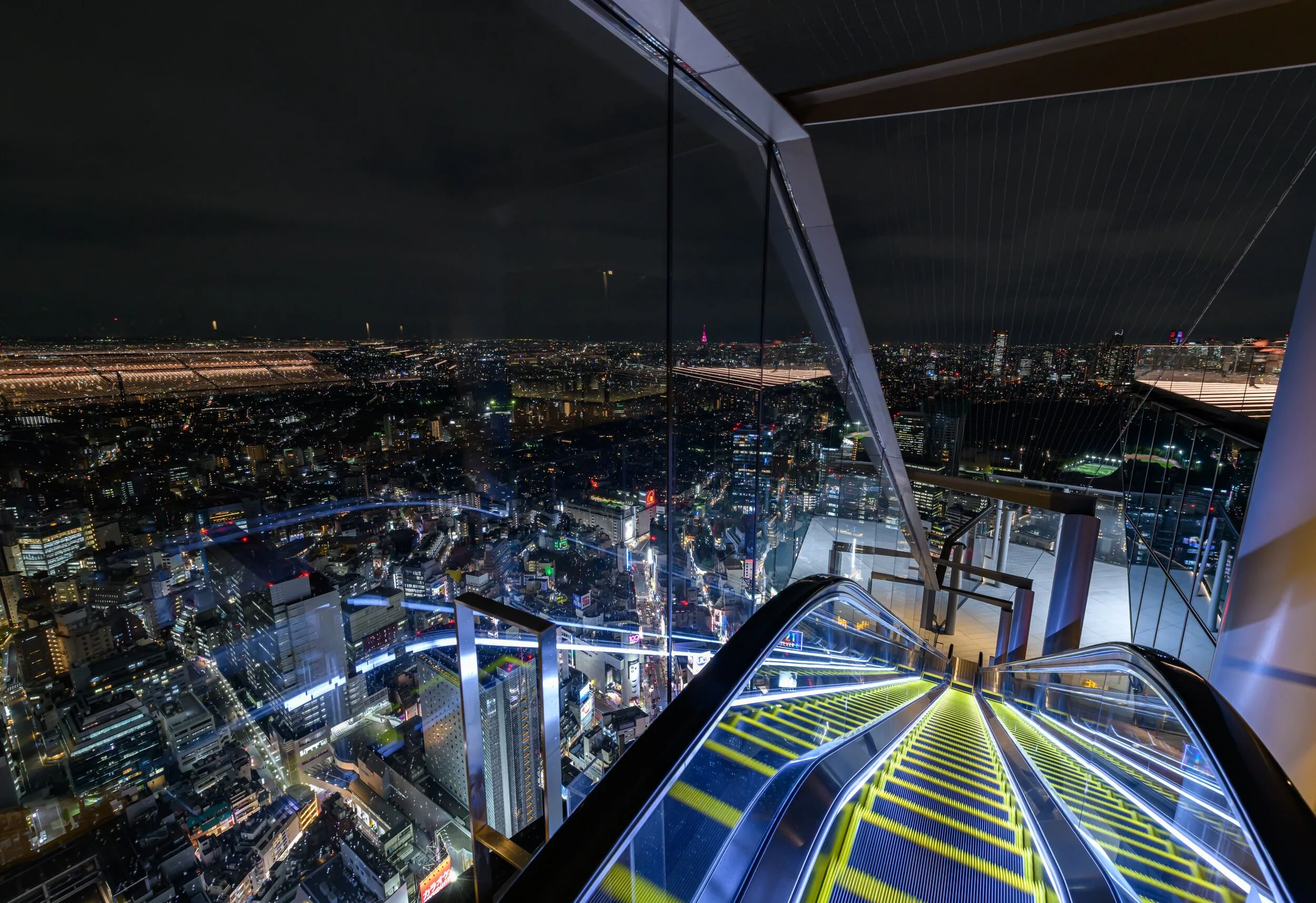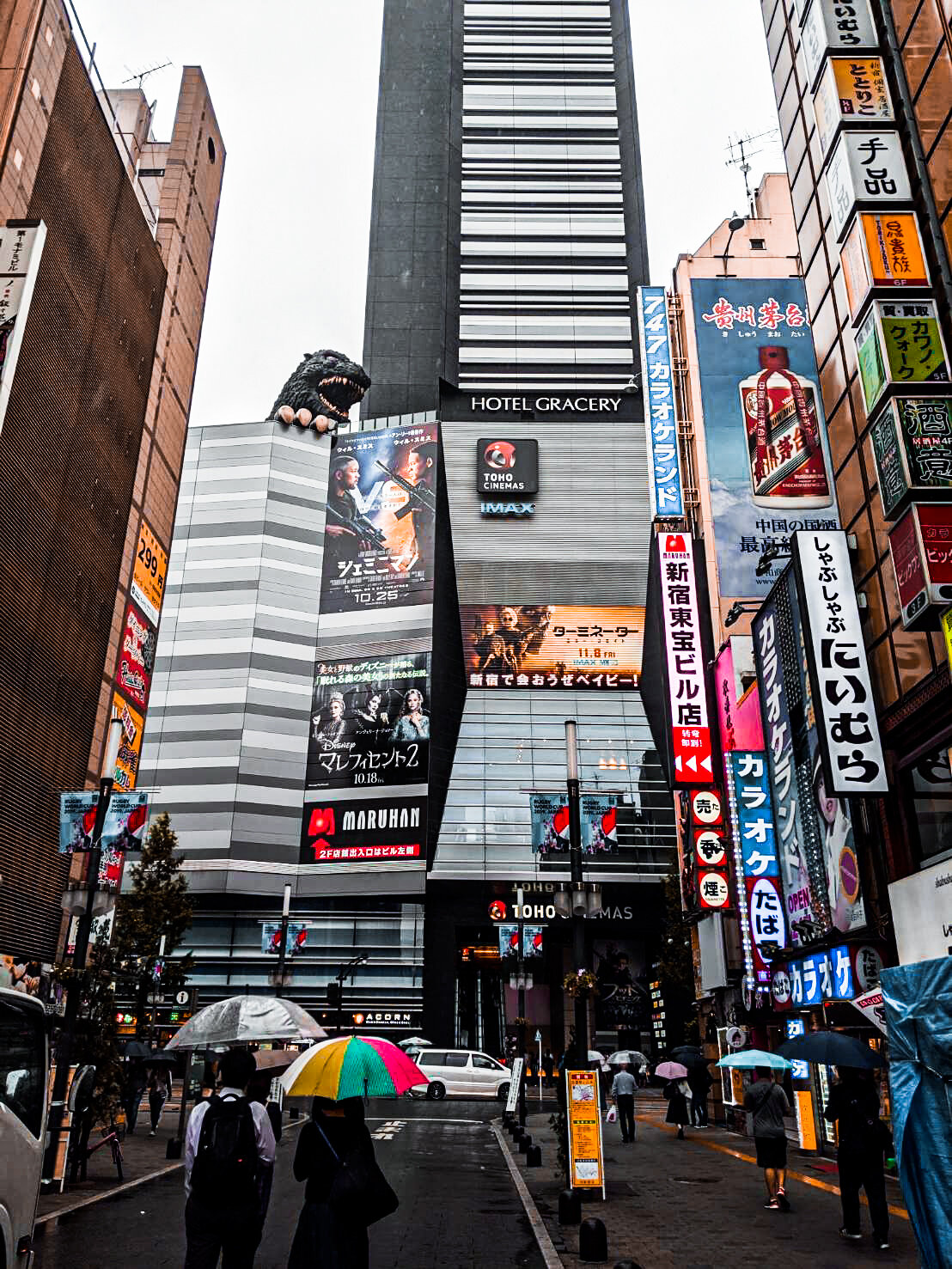Walk across the Shibuya Crossing and head into the small, narrow streets of Shibuya Center Gai. It’s a youth cultural center and nightlife hotspot. Within these streets, you can find youth fashion shops and boutiques, record shops, restaurants/bars, karaokes and clubs tucked away underground. At night, late night parties and bar hoppers roam the streets. During big events such as the World Cups, Olympics or any major events, the places are packed with people looking to watch games and enjoy each others company.
Photo Credit: Go Tokyo
Location: 12-3 Udagawacho, Shibuya City, Tokyo 150-0042
Hours: N/A
Website: N/A
How to get there: A 2 minute walk from Shibuya Station, Hachiko Exit on the JR Line. The entrance can be found next to the famous Starbucks overlooking the Shibuya Crossing.




















